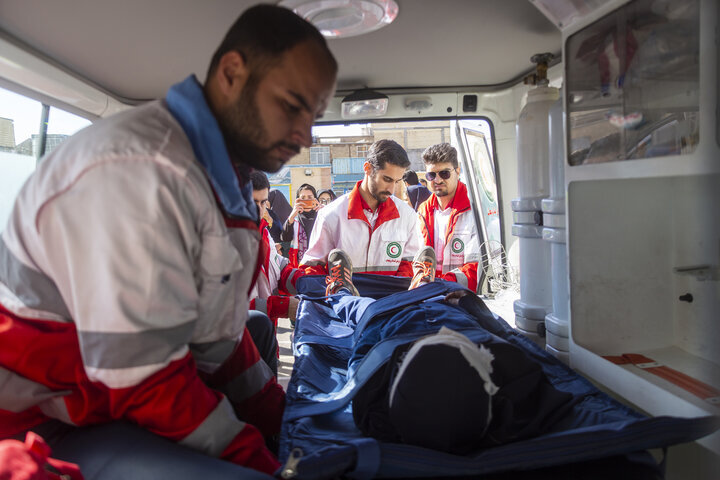Earthquake drill to be held nationwide

TEHRAN – The 23rd earthquake drill, aiming at preparing for unexpected natural disasters and practicing personal protective actions, will be performed at schools across the country on Monday, IRNA reported.
If the seismic action is a prolonged shaking and rolling event, it is prudent to immediately take protective measures, so the event is held annually during the past 22 years to reduce the damages that happen once the earthquake strikes, IRNA reported.
The event is organized with the participation of the Ministry of Science, the Ministry of Education, Crisis Management Organization, the Red Crescent Society, the national media.
Due to the outbreak of coronavirus, the event will be held partially online, followed by the closure of schools; with the slogan “Earthquake preparedness in pandemic conditions.”
Two types of instructions have been compiled, one is for cities that are less infected with the virus and students can attend schools, and the other guideline is for the students and their families that are living in the cities at risk and students cannot attend schools.
Over 700 quakes in a month
A total of 786 earthquakes have been recorded across the country over the past calendar month Aban (October 23-November 21), according to the Seismological networks of the Institute of Geophysics of the University of Tehran.
Twenty-one earthquakes of more than 4 on the Richter scale have been recorded in the country by the National Seismological Center, the largest of which occurred on November 14, with a magnitude of 6.3 near Fin in southern Hormozgan province.
The Iranian plateau is located in a very seismically active region of the world and is known not only for its major catastrophic earthquakes but also for the disasters relating to natural hazards, especially earthquakes.
About 2 percent of the earthquakes of the world occur in Iran but more than 6% of the victims of the world earthquakes during the 20th century are reported from Iranian earthquakes. This shows the high level of vulnerability in Iran, according to Mehdi Zare, a professor of engineering seismology.
Tehran is also one of the most hazardous metropolises in the world in terms of the risk of different natural disasters, such as earthquakes, floods, subsidence, drought, landslide, fire following an earthquake, etc.
FB/MG
Leave a Comment